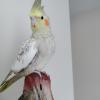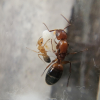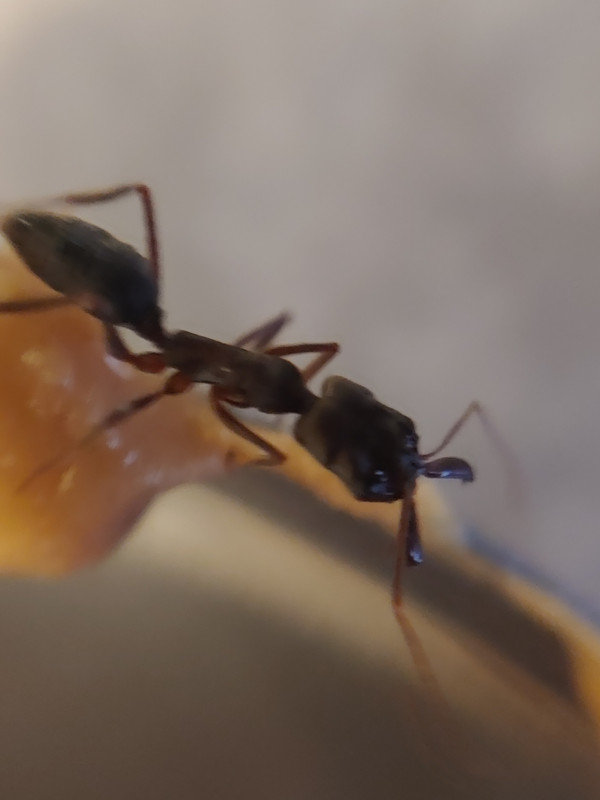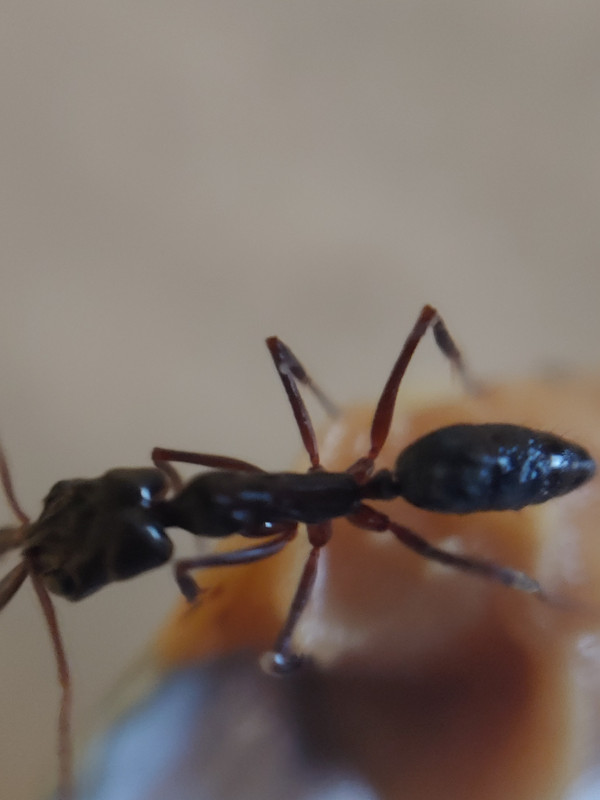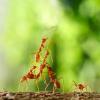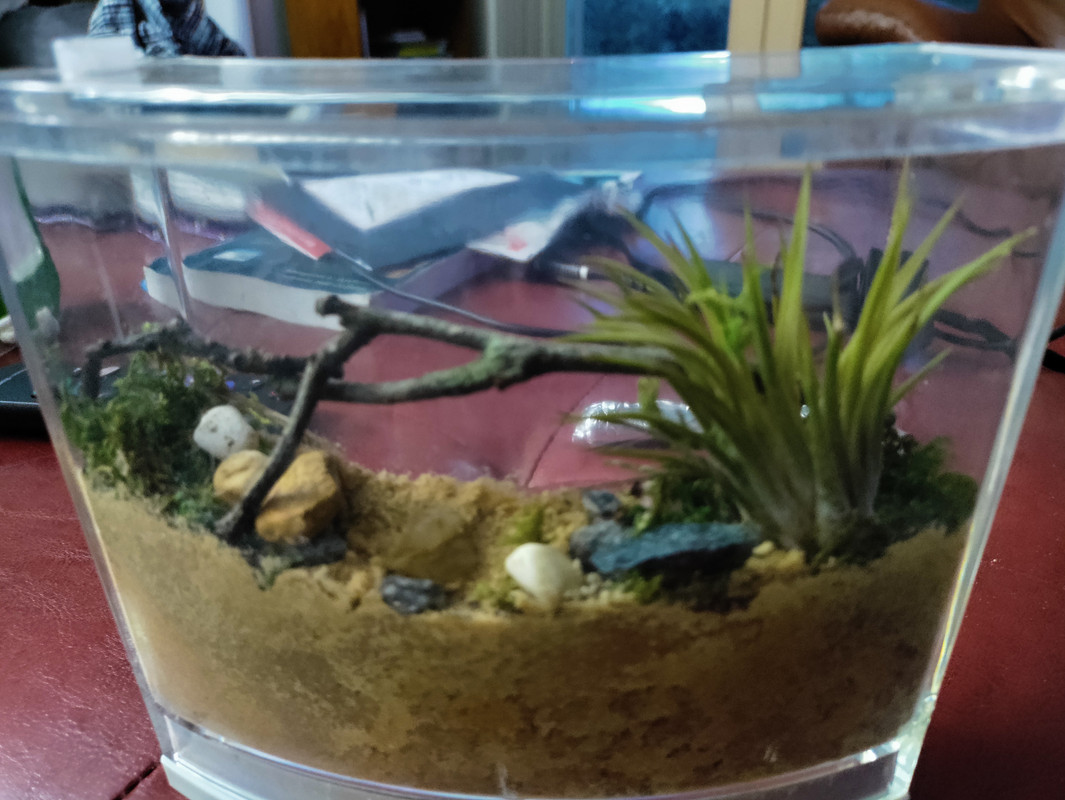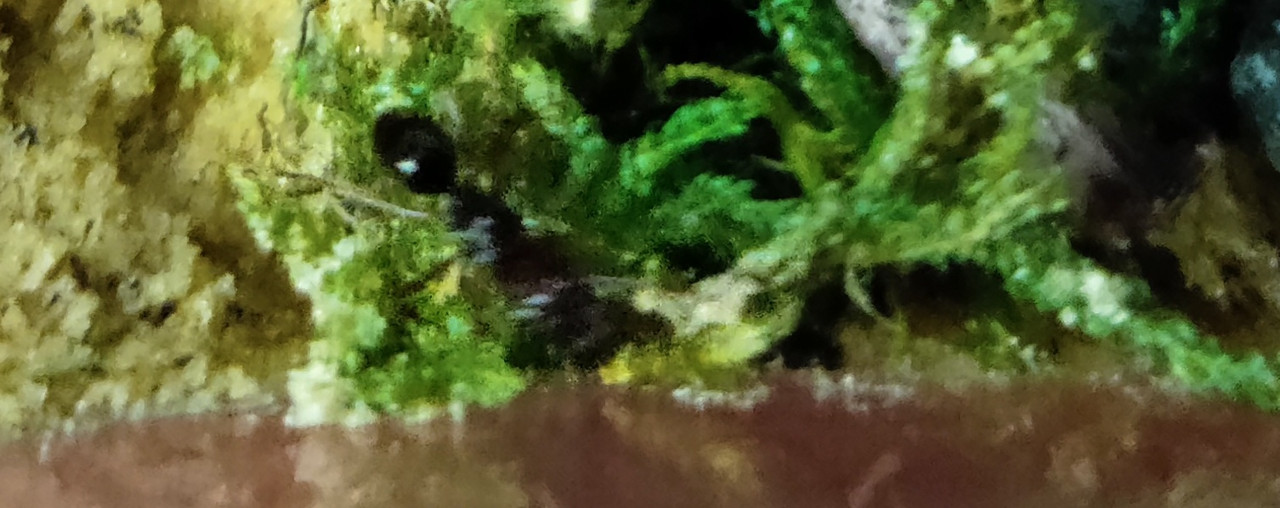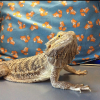I know I released my previous queen but this time I will actually try to raise this queen.
She is very active and already ate a drop of honey and a dead boiled RIFA male from yesterday's nuptial flights. Any tips of odontomachus haematodus.
- Formiculture.com
- Forums
- Gallery
- Members
- Member Map
- Chat


